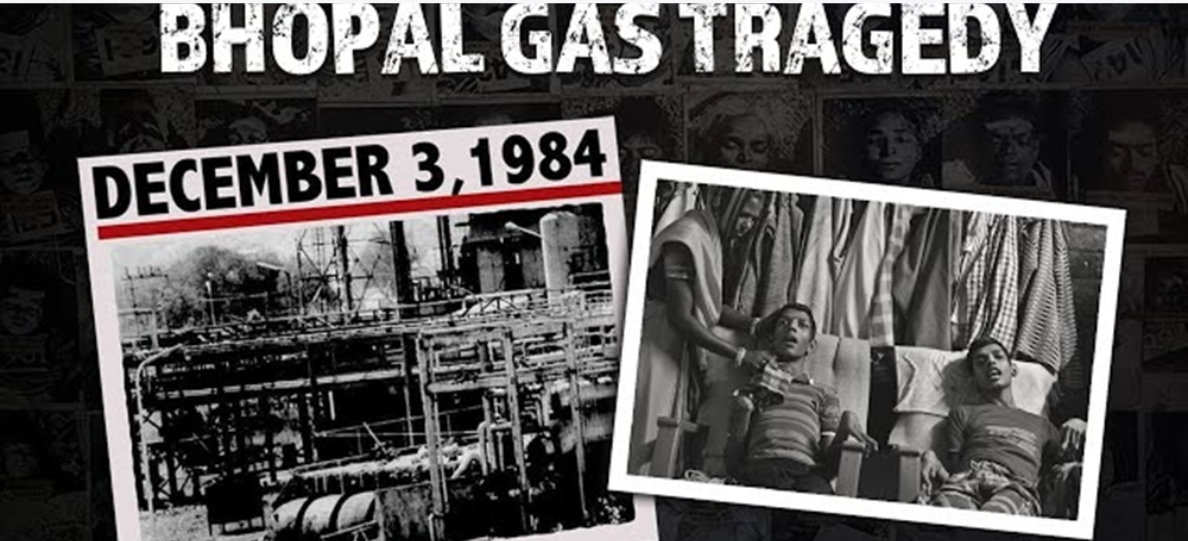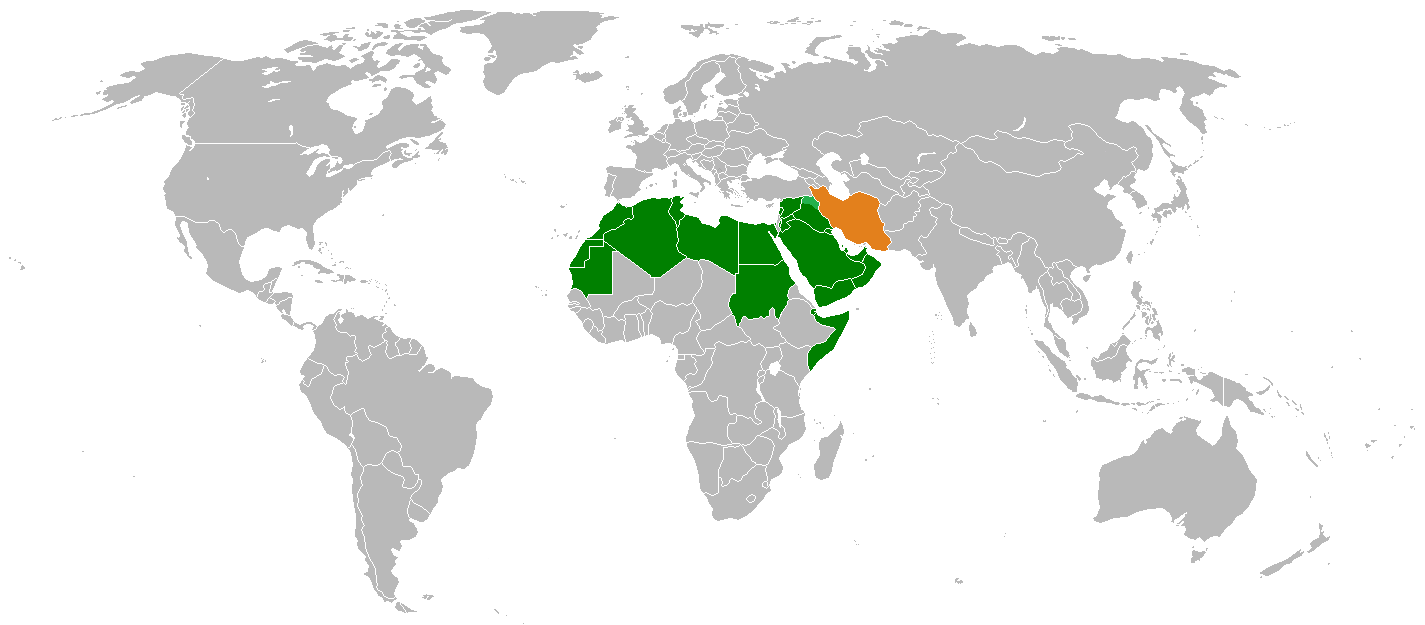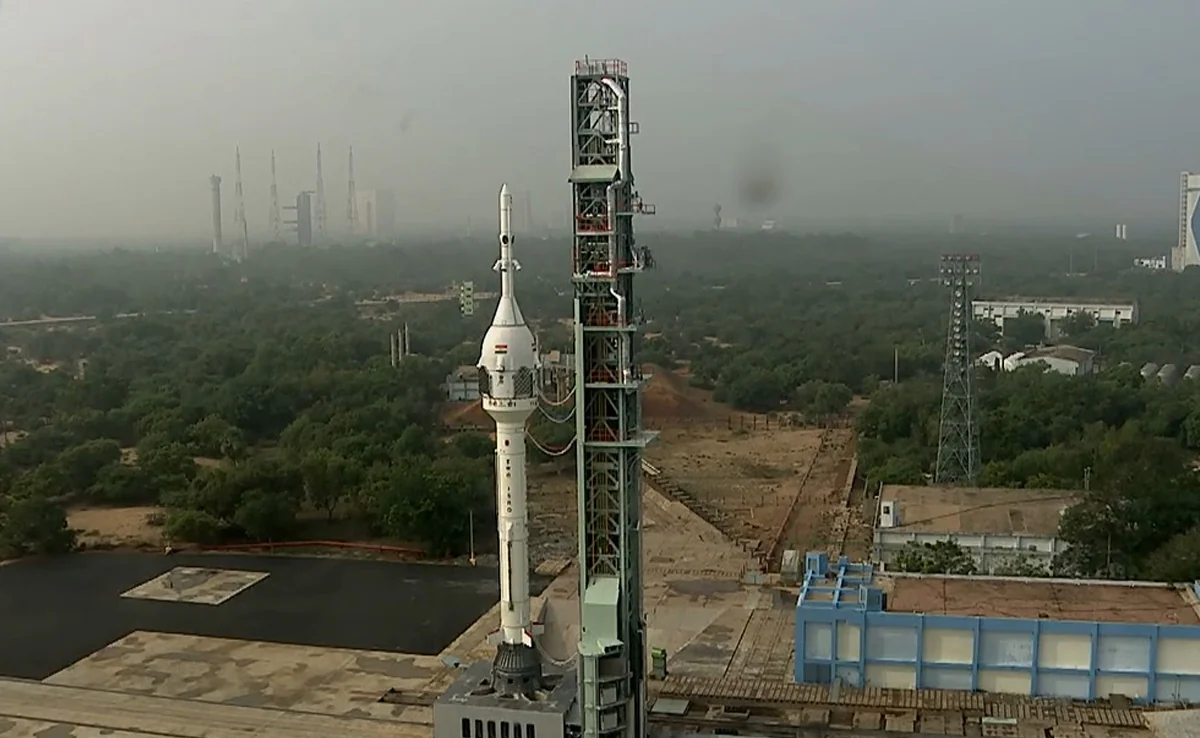About the Central Pollution Control Board (CPCB)
-
Formation & Legal Foundation:
- The Central Pollution Control Board (CPCB) was established in September 1974 under the Water (Prevention and Control of Pollution) Act, 1974.
- Additionally, the CPCB was entrusted with powers and functions under the Air (Prevention and Control of Pollution) Act, 1981.
- CPCB provides technical services to the Ministry of Environment, Forest, and Climate Change, operating under the Environment (Protection) Act, 1986.
-
Primary Functions:
- Water Pollution Control:
- Promotes the cleanliness of water bodies like streams and wells across states by preventing, controlling, and reducing water pollution.
- Air Pollution Control:
- Aims to improve air quality and prevent air pollution across the country.
Key Areas of Focus:
-
Air Quality Monitoring:
- National Air Monitoring Programme (NAMP):
- Established to monitor air quality status and trends.
- Helps control and regulate pollution from industries and other sources to meet air quality standards.
- Provides critical data for industrial siting and town planning.
-
ITO Intersection, New Delhi:
- The CPCB operates an automatic air monitoring station at ITO, where various air pollutants are monitored, including:
- Respirable Suspended Particulate Matter (RSPM)
- Carbon Monoxide (CO)
- Ozone (O3)
- Sulphur Dioxide (SO2)
- Nitrogen Dioxide (NO2)
- Suspended Particulate Matter (SPM)
- Weekly Updates on air quality data are provided from this station.
-
Water Quality Monitoring:
-
Freshwater Management:
- Freshwater is a finite resource essential for agriculture, industry, wildlife, fisheries, and human survival.
- India is a riverine country with 14 major rivers, 44 medium rivers, and 55 minor rivers. Additionally, lakes, ponds, and wells are crucial sources of drinking water, even without proper treatment.
-
Challenges:
- Monsoon dependency: Most rivers are fed by monsoon rains, which are limited to only three months of the year. These rivers often run dry in the remaining months, carrying wastewater from industries and cities, thereby endangering water quality.
-
CPCB's Role:
- Under the Water (Prevention and Control of Pollution) Act, 1974, CPCB’s responsibility includes the collection, analysis, and dissemination of technical data on water pollution.
- CPCB plays a crucial role in water quality monitoring (WQM) and surveillance to restore and maintain water body cleanliness.
|




